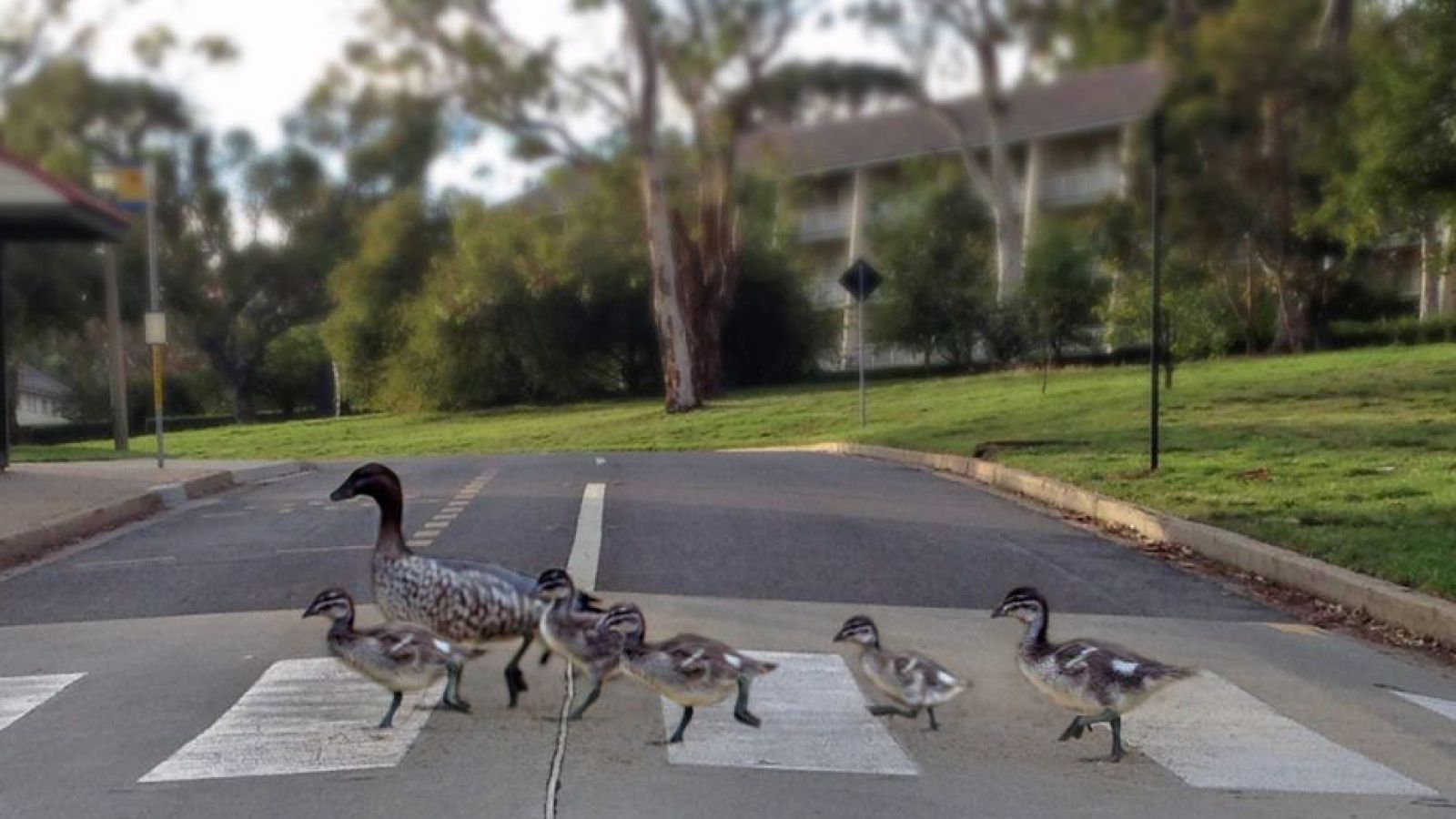After the Iron Curtain: Transitions and Transformations in Central Europe, 1989-2009

 The first breach in the Iron Curtain occurred along the Austro-Hungarian border in early May 1989. The collapse of Communism in Central Europe twenty years ago has transformed the region, while presenting it with both opportunities and challenges to the ongoing process of democratisation.
The first breach in the Iron Curtain occurred along the Austro-Hungarian border in early May 1989. The collapse of Communism in Central Europe twenty years ago has transformed the region, while presenting it with both opportunities and challenges to the ongoing process of democratisation.
On Monday 16 November, the Austrian Embassy and the ANU National Europe Centre (NEC) joined efforts to launch the symposium After the Iron Curtain: Transitions and Transformations in Central Europe, 1989 -2009. Attendants from the federal government and the diplomatic and academic communities in Canberra filled the NEC auditorium.
Speakers included:
HE Dr Hannes Porias, Ambassador of Austria
Professor Paul Pickering, Acting Director, ANU National Europe Centre
Mr Ernst Gelegs, Austrian Broadcasting Corporation - “The Fall of the Iron Curtain as seen from Budapest”
Mr Dennis Shanahan, The Australian newspaper - “The Fall of the Iron Curtain as seen from Australia”
Dr Bruce Kent, ANU – “A Historian’s Perspective on the Fall”
HE Mr Gábor Csaba, Ambassador of Hungary - “Twenty Years On in Hungary”
HE Mr Michael Witter, Ambassador of Germany - “Reunification and Transformation in Germany”
The Hon. Mr Robert McClelland, Federal Attorney - General of Australia “Human Rights in the Context of the Transition from Communist to Democratic Rule”
An exhibition of photographs with the symposium’s theme was shown in coordination with the Czech Embassy, and presented by its Deputy Head of Mission, Mr Radim Pecl.
Pictured, left - (from left to right) Mr Dennis Shanahan, The Australian newspaper; Dr Bruce Kent, ANU; Mr Ernst Gelegs, Australian Broadcasting Corporation; HE Mr Gábor Csaba, Ambassador of Hungary; HE Mr Michael Witter, Ambassador of Germany.
Pictured, right and top - Mr Ernst Gelegs, Australian Broadcasting Corporation.


Pictured, right and top - The Honorable Robert McClelland, Federal Attorney-General of Australia

